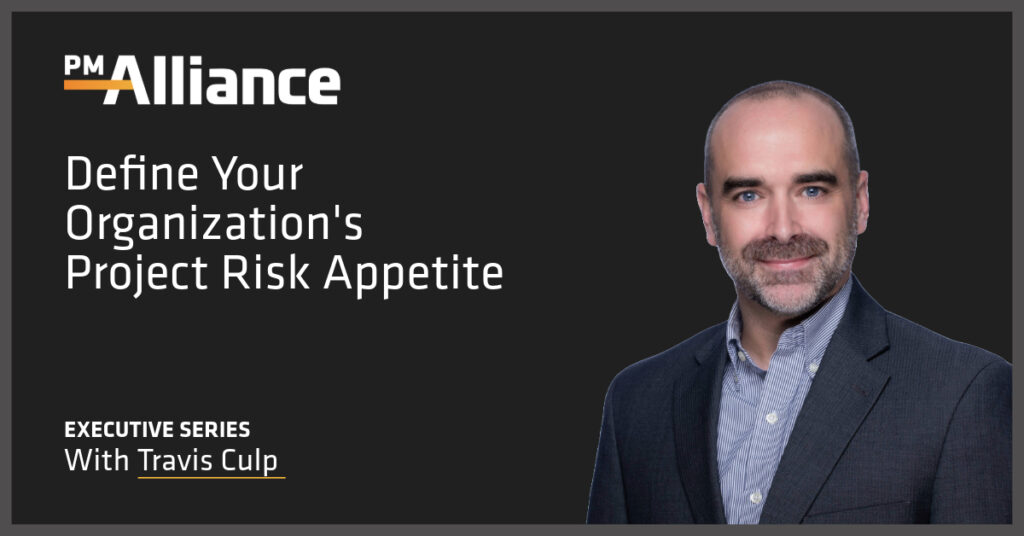Do you know your organization’s project risk appetite? It’s a core element of any successful project but it’s something companies don’t always take the time to define. Without clarity around how much and which types of risks you’re comfortable with, you may struggle to achieve consistent project success.
Some companies take significant measures to avoid project risk. Other organizations are willing to allow a fair bit of risk to exist within their projects. This may be because their environment inherently carries risk. Businesses that operate in certain regions may face security risks, supply chain risks, or regulatory risks. Others doing business in particular sectors might be accustomed to persistent risks related to market conditions, including an overabundance of capable and agile competitors, or uncommonly fickle customer segments.
Before you begin planning your project, you need to know your organization’s risk appetite. You should work to understand the factors that inform and affect how your business views risk. That may mean cultural influences based on the region, the type of organization, the size or maturity of the business, market conditions, or the leadership styles of the company’s senior staff.
Every area has its own risk profile that’s unique to the region, which often influences the company’s risk appetite to some degree. Stability of the location’s trading partners, supply availability, the resilience of local logistics networks, and the area’s political and socioeconomic climates are just a few of the elements that can affect the level and types of risk the business is willing to accept.
The type of business also affects risk appetite. Companies in highly regulated environments, for example, are likely to take stronger actions to mitigate project risk and avoid noncompliance. There may also be greater hesitancy to assume risk when regulatory requirements are particularly stringent or when enforcement actions could elevate the risk levels.
Every organization has a personality, and it also influences the risk appetite. Companies where workers are encouraged to step outside the norms in pursuit of rewards, or to move fast and break things are often more comfortable with risk. Individual project teams also have their own perspectives on the risk they will accept. The group’s size, experience level, and history of successfully navigating risk (or not) all affect how the team views risk.
Assessing a firm’s risk appetite can be surprisingly tricky. It requires candid introspection and objectivity. A project management partner can provide the neutral perspective needed to define your company’s risk appetite and the types of risks that are acceptable and those that are not. Even companies with flexible risk appetites might be wholly averse to certain types of risk. Financial risks may be tolerated while timeline risks—delays, missed milestones, etc.—are not. Quality risks might be forbidden for an aerospace manufacturer, for example. On the other hand, a software provider could be comfortable with a modicum of bugs in return for getting a product to market sooner.
At PMAlliance, we partner with our clients to develop clearly defined risk appetite assessments. Our team prioritizes transparency and clarity, enabling our client teams to leverage carefully structured risk management strategies that align with their unique risk profiles. Throughout the project planning and execution phases, this framework gives teams the confidence to identify risks early in the process, to develop mitigation plans that are effective and efficient, and to monitor progress to ensure unanticipated risks don’t derail their projects along the way.
PMAlliance, Inc uses a team of highly experienced and certified professionals to provide project management consulting, project management training and project portfolio management.


